
Visa and entry requirements Uzbekistan:
Passport required
Entry into Uzbekistan is only possible with a valid visa, which is issued by the diplomatic mission of the Republic of Uzbekistan in Germany before the start of the trip.
Visa costs: 60-80 euros
Information from the Federal Foreign Office about your trip to Uzbekistan:
https://www.auswaertiges-amt.de/de/usbekistansicherheit/206790
Uzbekistan is a landlocked country in Central Asia with around 33 million inhabitants. The country borders on Turkmenistan to the west and southwest, Kazakhstan to the northwest, north and northeast, Kyrgyzstan to the east, Tajikistan to the southeast and Afghanistan to the south.
Uzbekistan is the largest landlocked country in the world, which is at the same time surrounded only by landlocked countries. The official language of the country is Uzbek and the national currency is the Uzbek som, where 1 euro corresponds to around 10,000 UZS.
The largest cities in Uzbekistan include Tashkent, Namangan, Samarkand, Andijan, Bukhara, Nukus, Kokand and Karshi. Almost 90% of the population profess the Muslim faith.
The territory of Uzbekistan consists predominantly of flat desert and steppe landscapes. Only in the extreme east is the Hissar Mountains with the 4,643 meter high mountain “Hazrat Sulto”, the highest peak in the country. In the north, Uzbekistan has a large part of the slowly drying Aral Sea.
Despite the large and sparsely vegetated land area, Uzbekistan offers a diverse range of wildlife, such as snow leopards, brown bears, deer, wolves, porcupines, badgers, gazelles, lynxes, wild boars, sheep and numerous bird species.
The economy of Uzbekistan is based primarily on the mining of gold, copper, uranium and natural gas as well as on agriculture with the cultivation of cotton. The state is the third largest exporter of cotton in the world.
Despite the existing opportunities, tourism is not yet very well developed in the country. The biggest tourist attractions in Uzbekistan include the ancient city of Samarkand with the Shahi-Zinda ensemble, the world-famous Registan Square with its three historic madrassas, the Gur Emir Mausoleum, the Bibi Khanum Mosque and the central market, the city of Khiva with the Stone Palace, the Makhmud Mausoleum, the Kunya Ark Citadel, the Friday Mosque and the Mohammed Amin Madrasa, the Ugom Chatqol National Park, the resorts of Beldersoy and Chimgon as well as the third ancient city of Bukhara with the Ismail Samanid Mausoleum, the Bolo Khauz Mosque, the Chor Minor Madrasah, the Poi Kalyan Mosque, the meeting place in the Old City, the Mir-I-Arab Madrasah and the Kalon Minaret.
The capital and largest city of Uzbekistan is Tashkent with around 2.8 million inhabitants. The city on the famous Silk Road is the political, cultural and economic center of the country.
Tashkent, located at an altitude of around 500 meters, is the country's most important industrial location, such as aircraft construction, cotton processing and mechanical engineering.
The most important sights in Tashkent include the 375 meter high TV tower, the Roman Catholic church, the parliament building, the Kukeldash madrassa, the main railway station, the Navoiy theater, the art museum, the Amir Temur square, the oriental old town, the Barak Khan Madrasa, the Chigatai district with its countless restaurants - the most famous Uzbek dish is shashlik, the Prince Romanov Palace, the National History Museum and the Tashkent Zoo.
In October 2015 I visited Uzbekistan for the only time so far. Unfortunately, my day trip to Tashkent was far too short to experience more of the country.
I started early in the morning from Khujand in Tajikistan for the approximately two-hour drive to the Uzbek capital. Unfortunately, not a single taxi driver in all of Tashkent spoke even a little bit of English, so my city tour turned out to be quite difficult.
The first thing I really wanted to do was go to the world-famous television tower. It was actually the first and only tall tower in the entire world where cameras and telephones were not allowed in the building or on the viewing platform, for whatever reason. Of course that was totally incomprehensible and very frustrating.
My taxi driver then drove around the city for a few hours to show me some more highlights of Tashkent. If we had found a common language and understood each other, it would definitely have been an even nicer afternoon.
One day I will definitely come back to Uzbekistan to see the rest of the impressive country.
I then went back to Khujand in the evening.

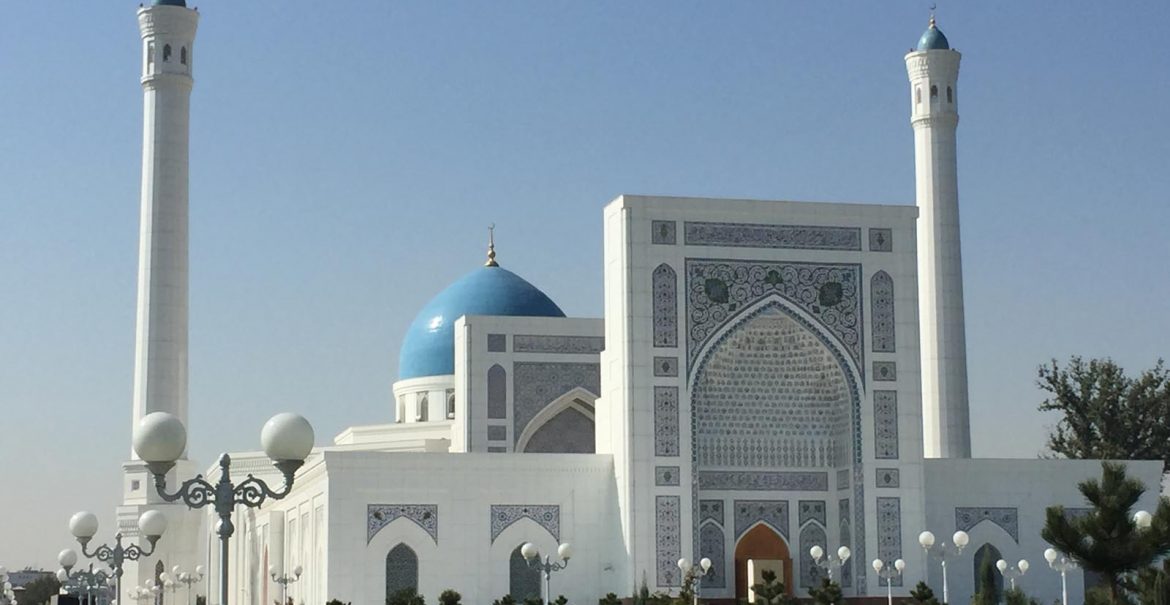

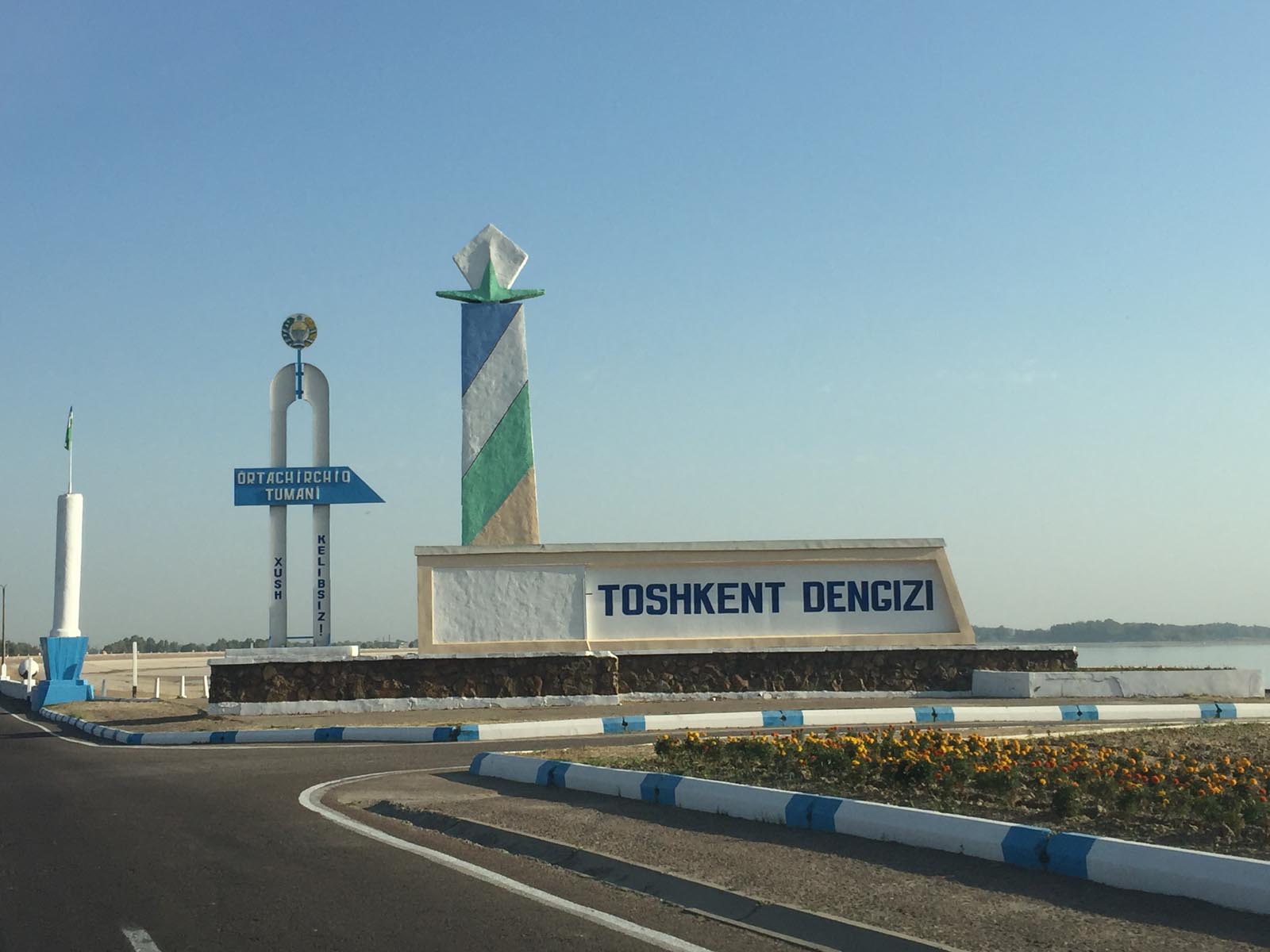
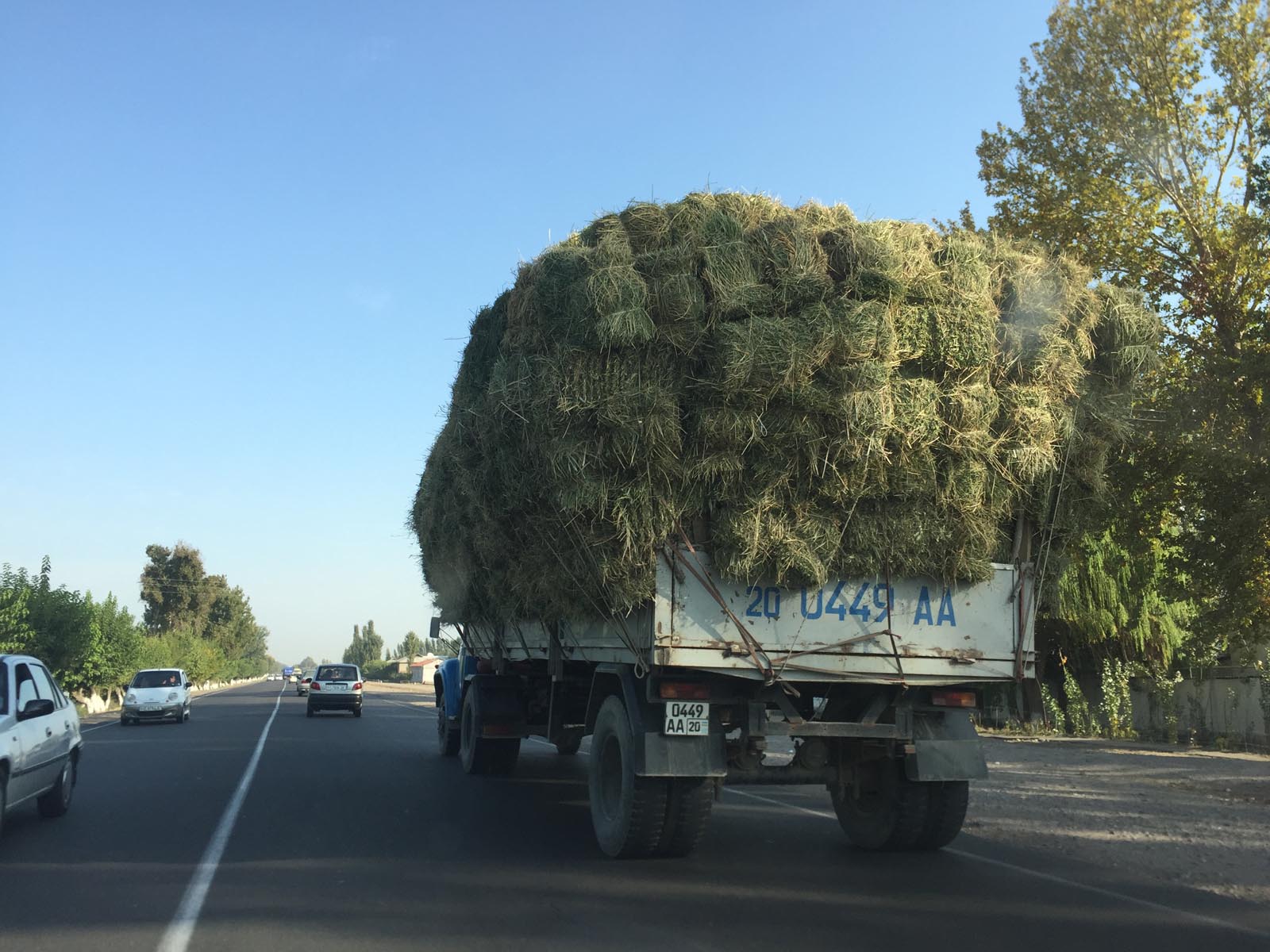

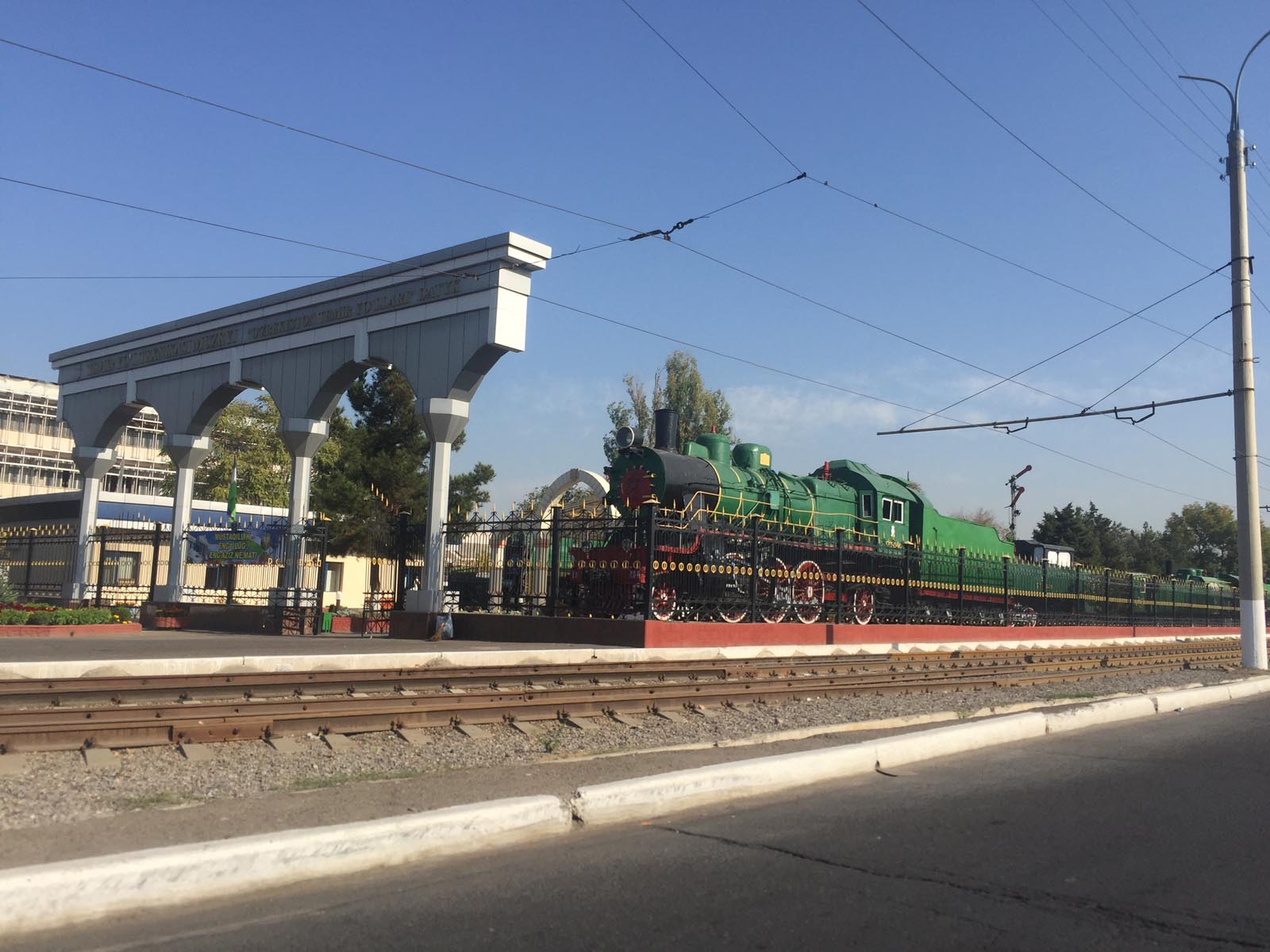

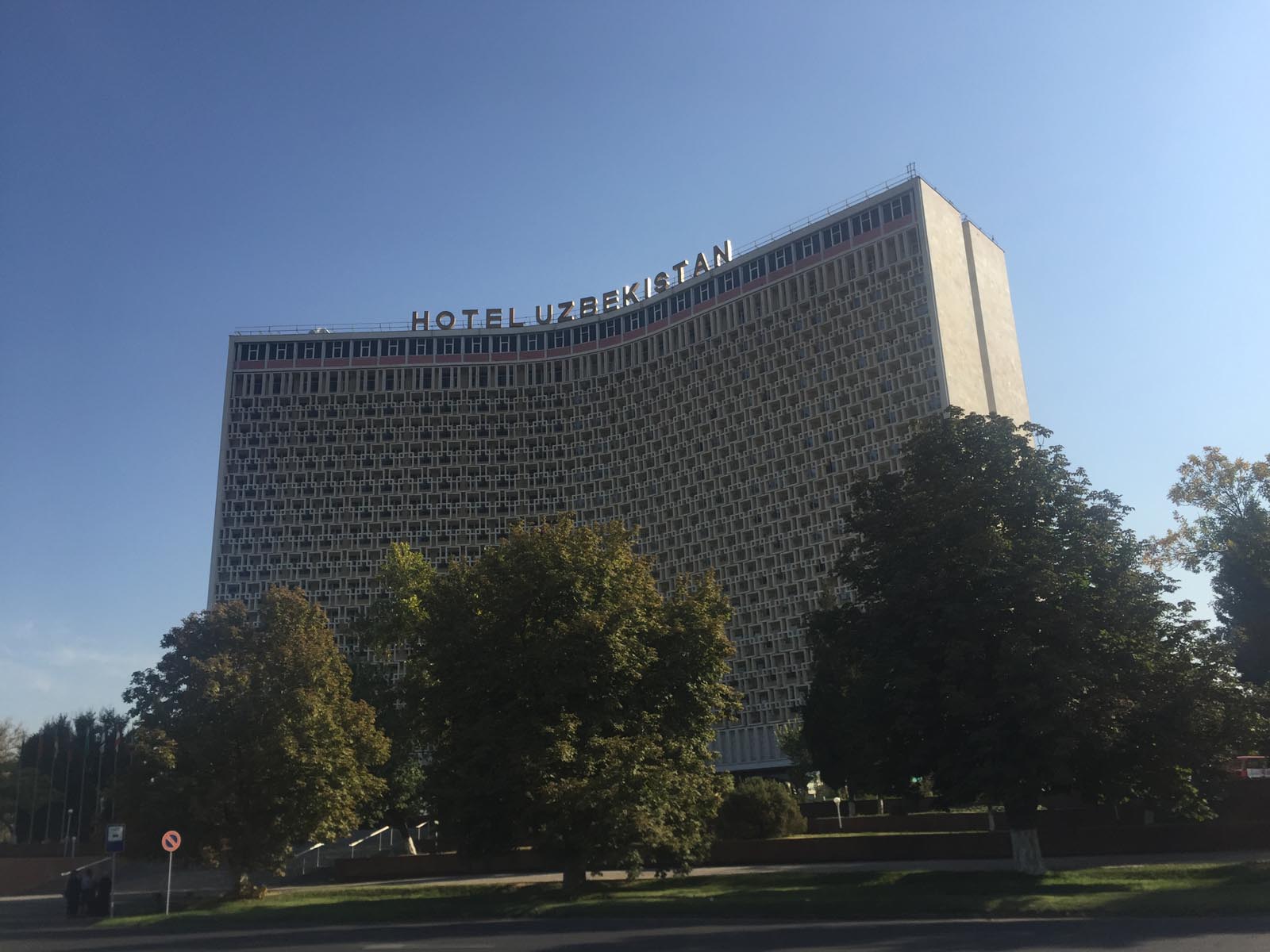


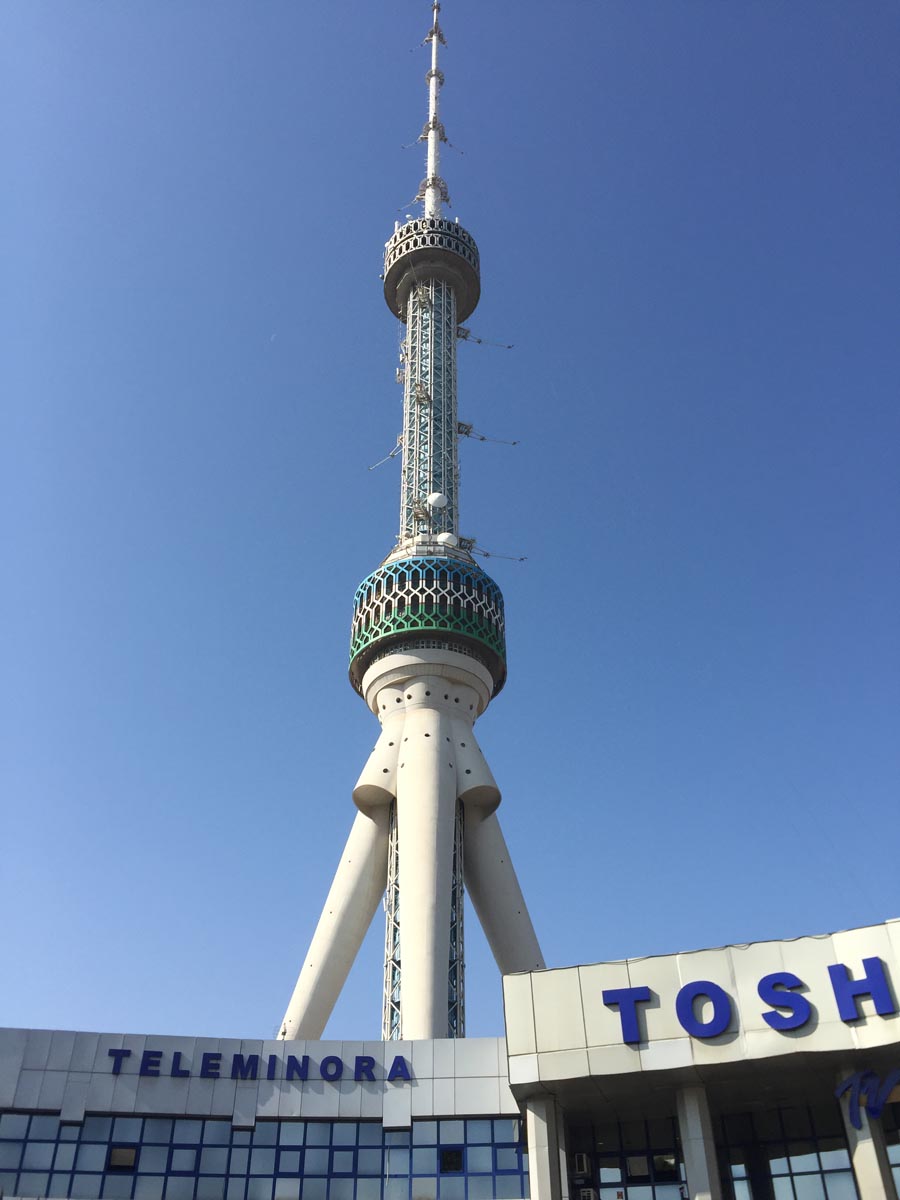


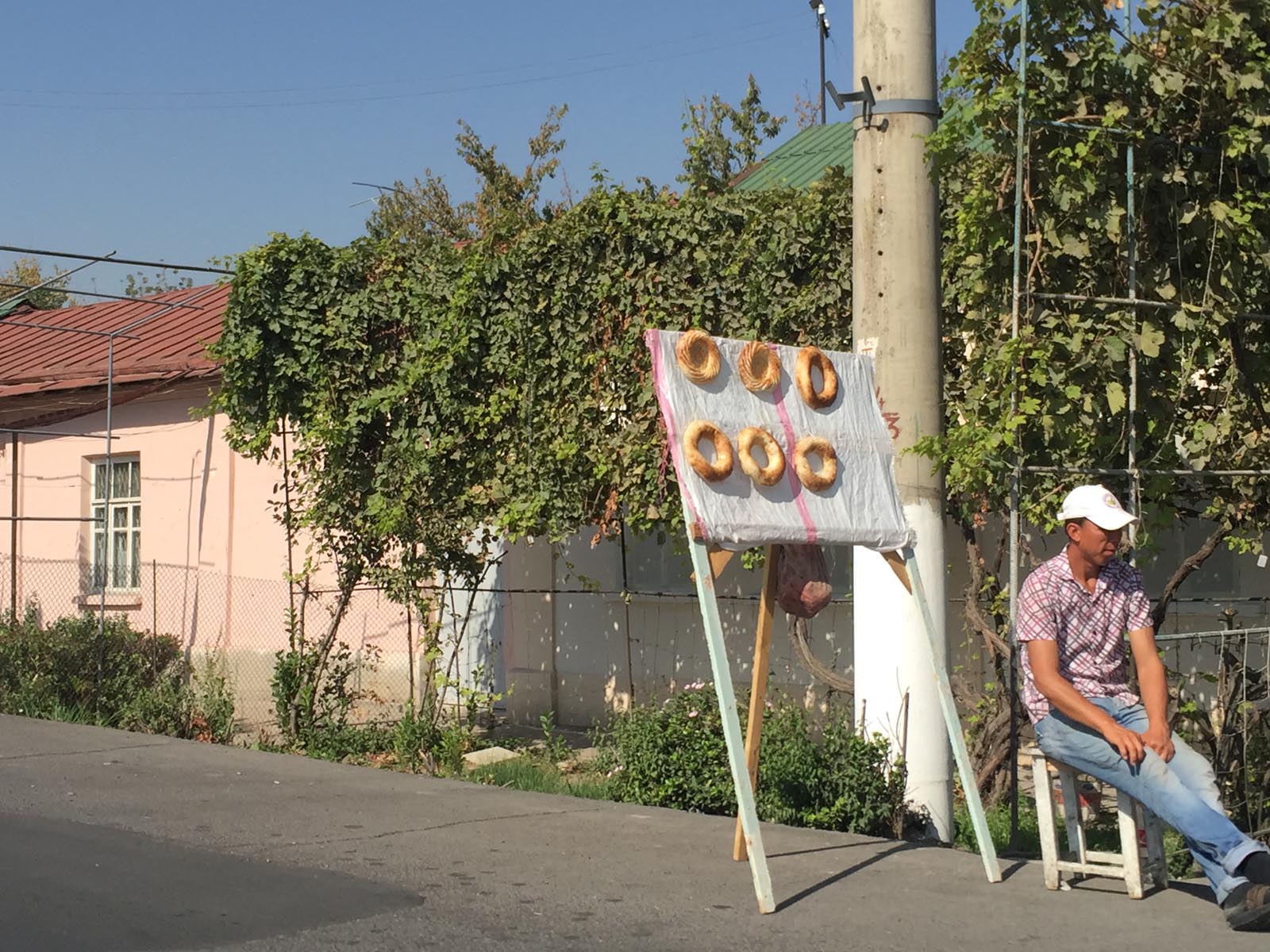
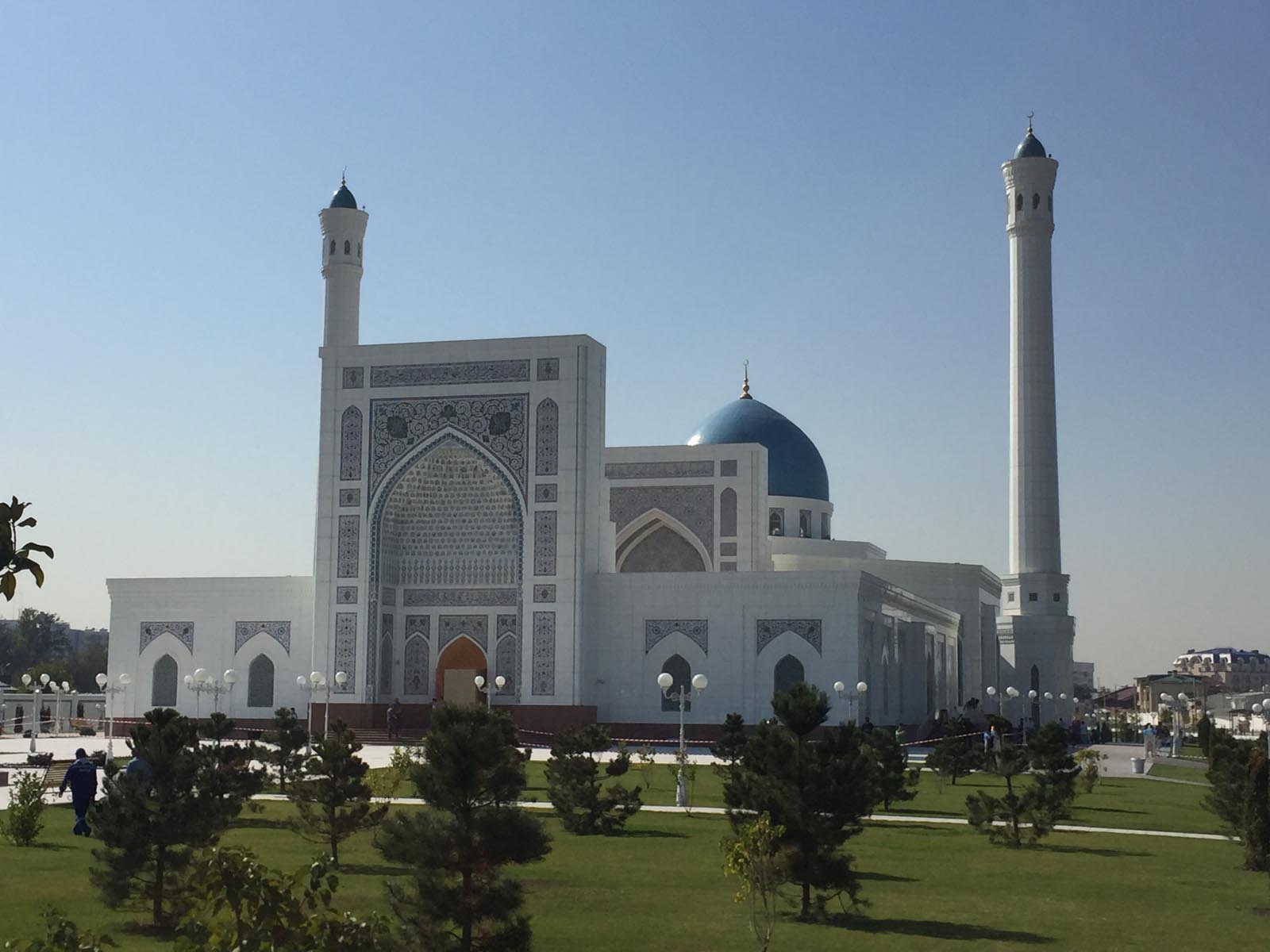

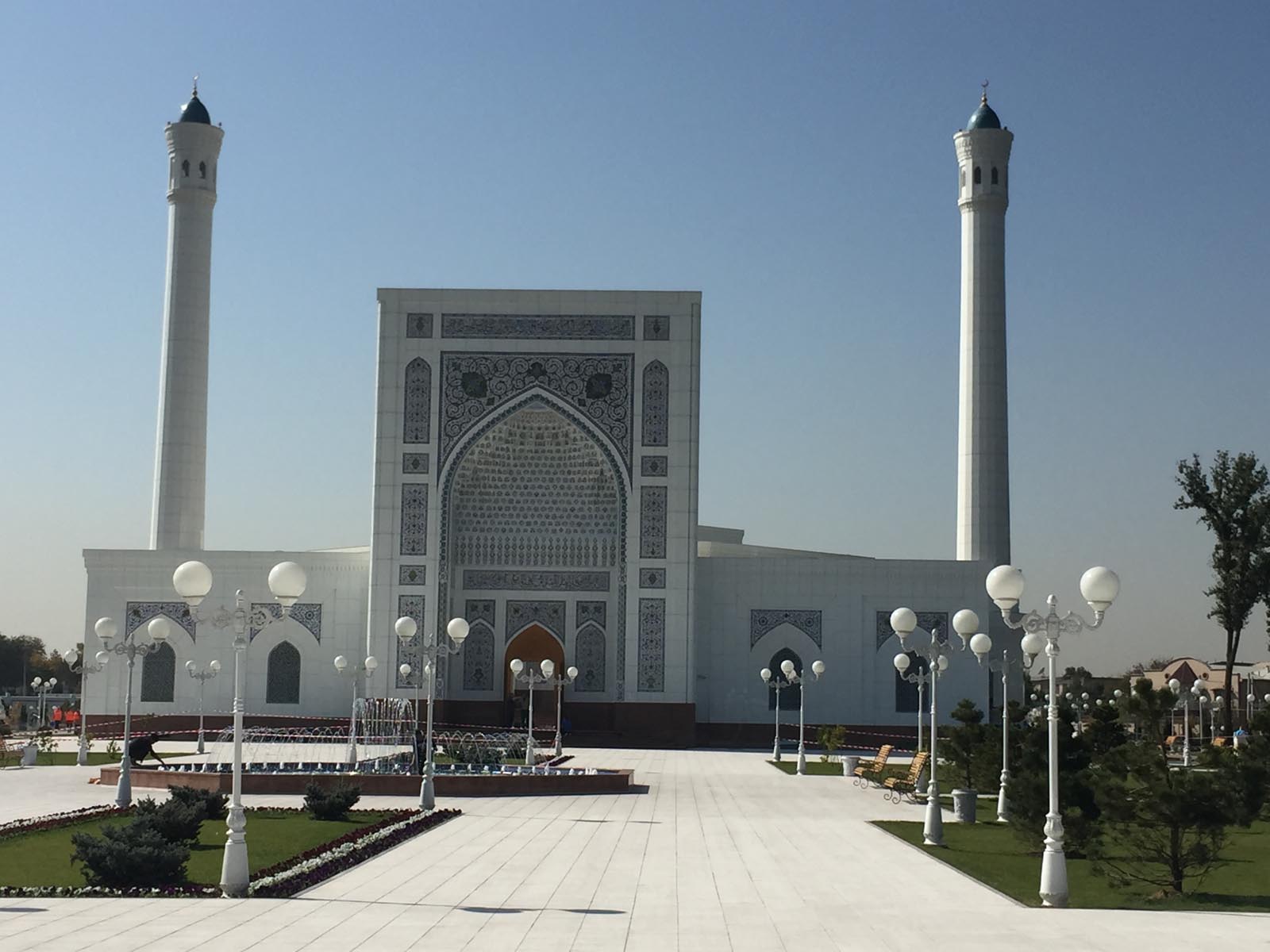
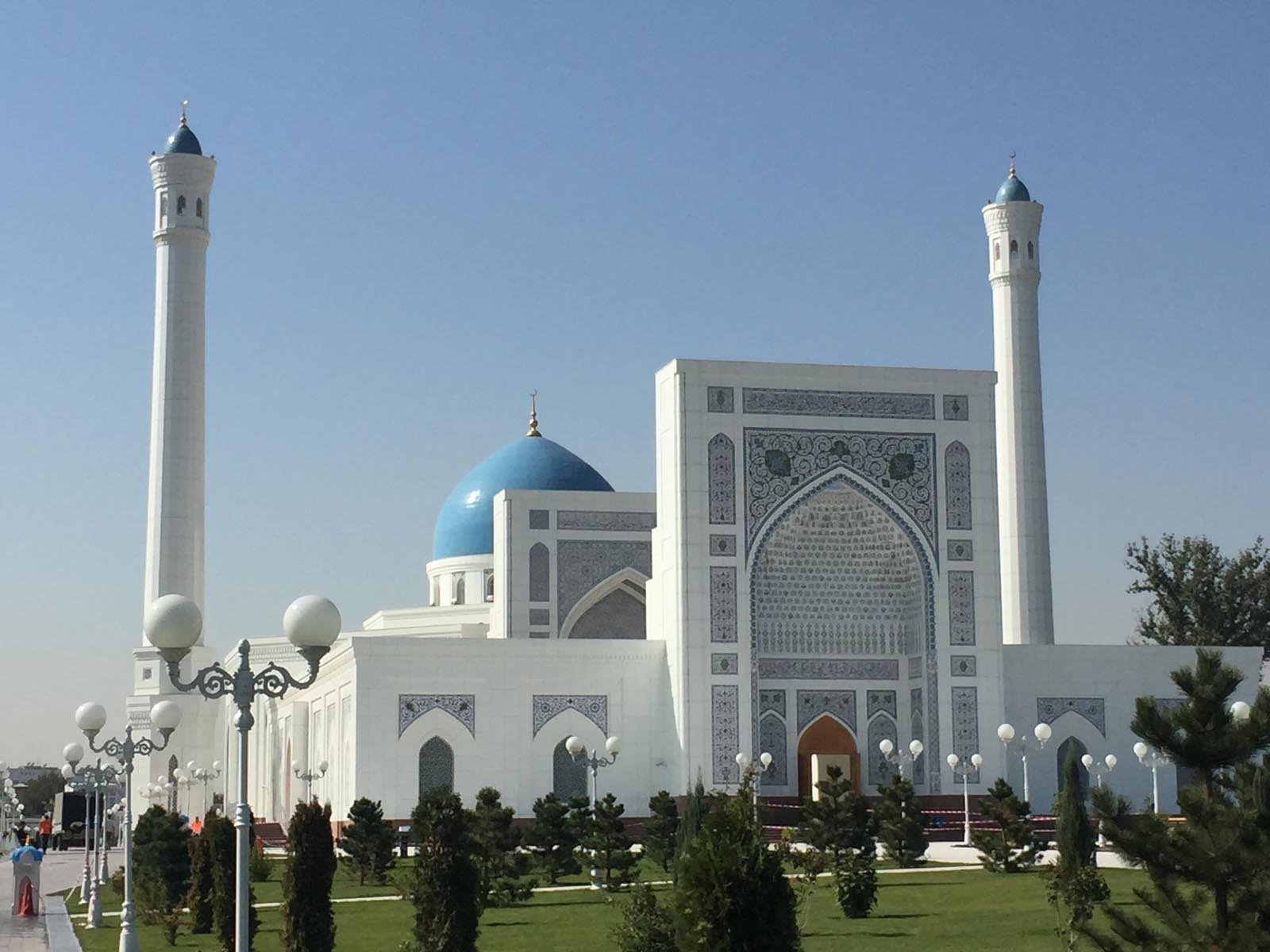
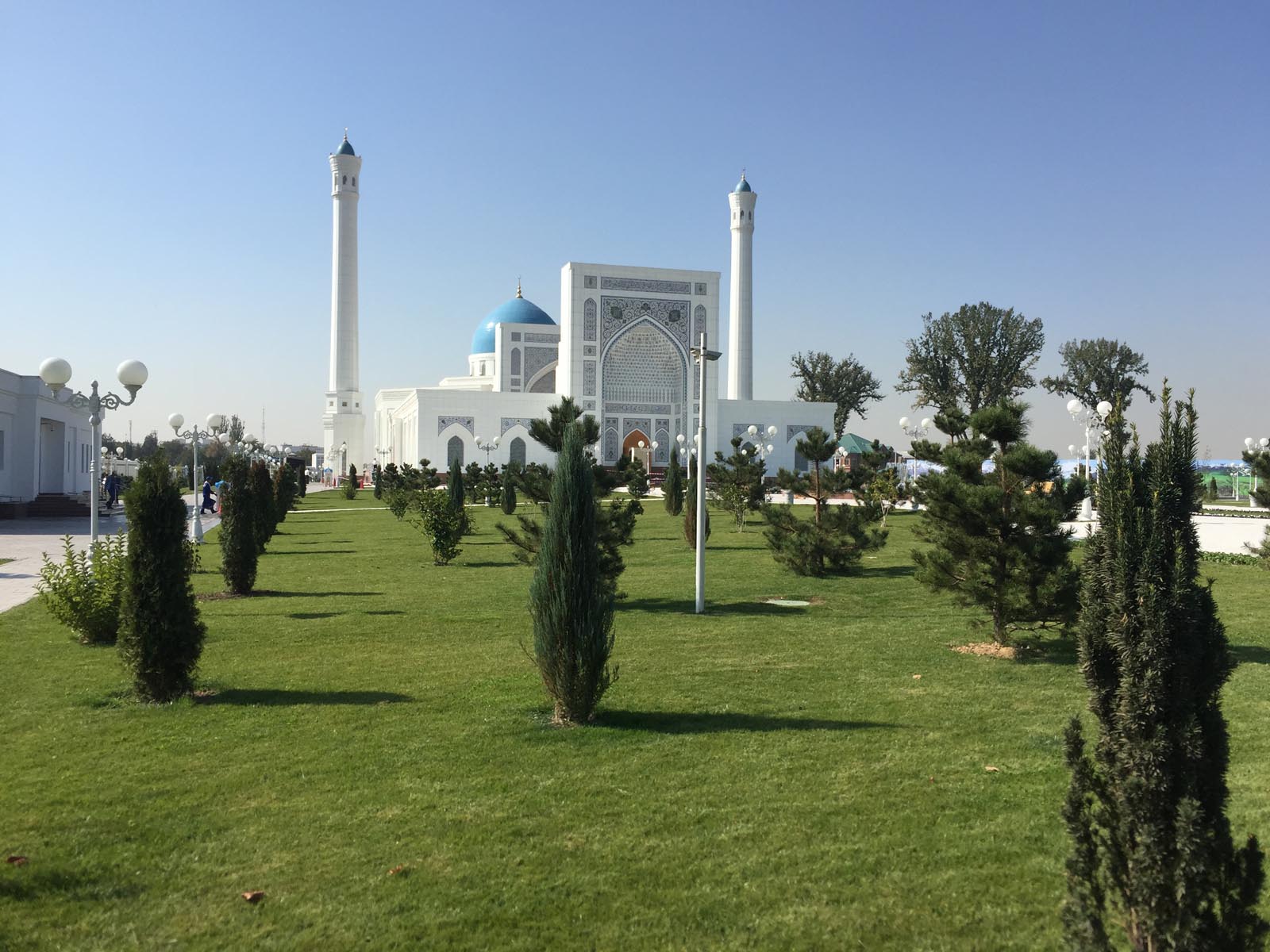
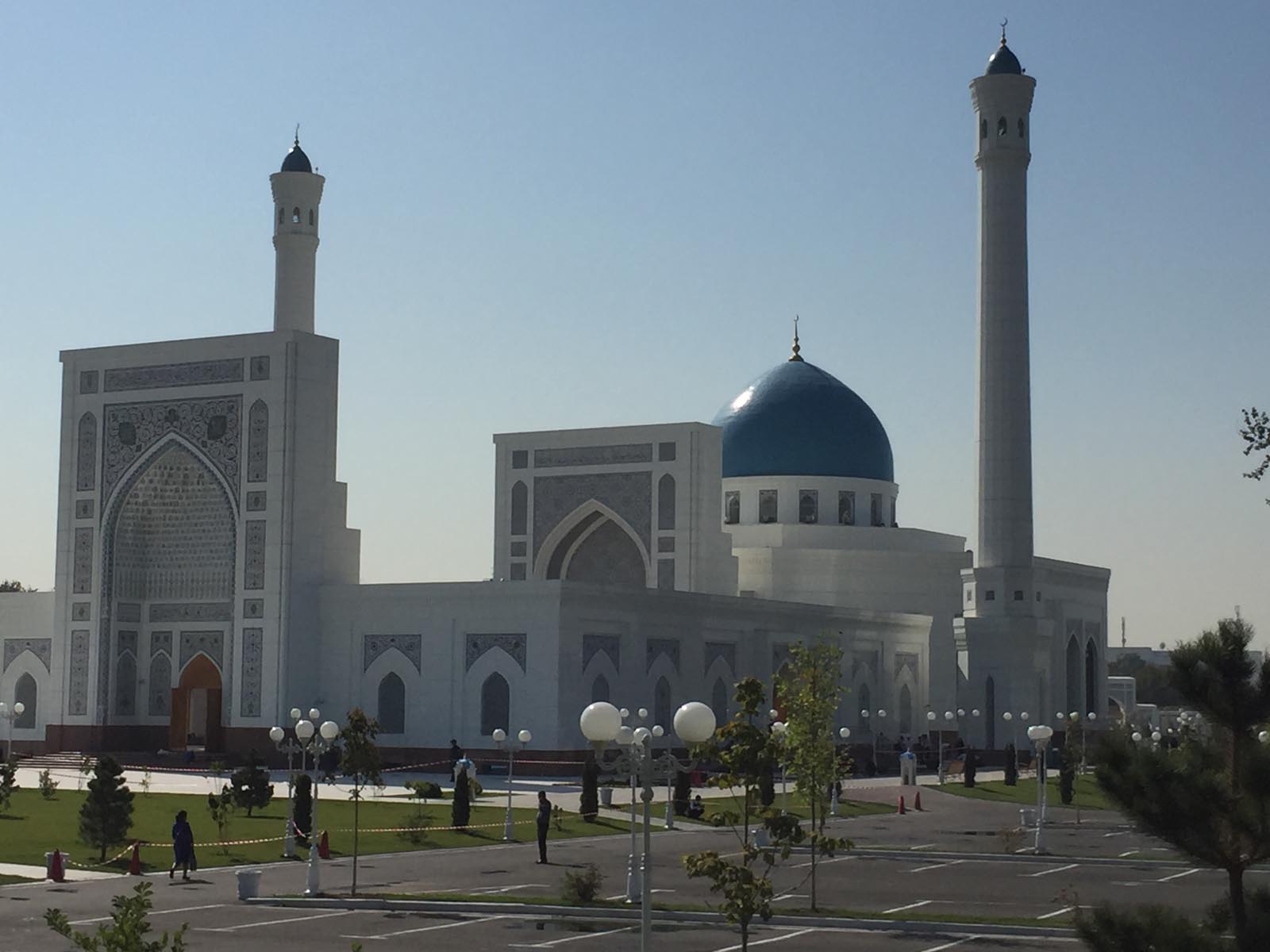

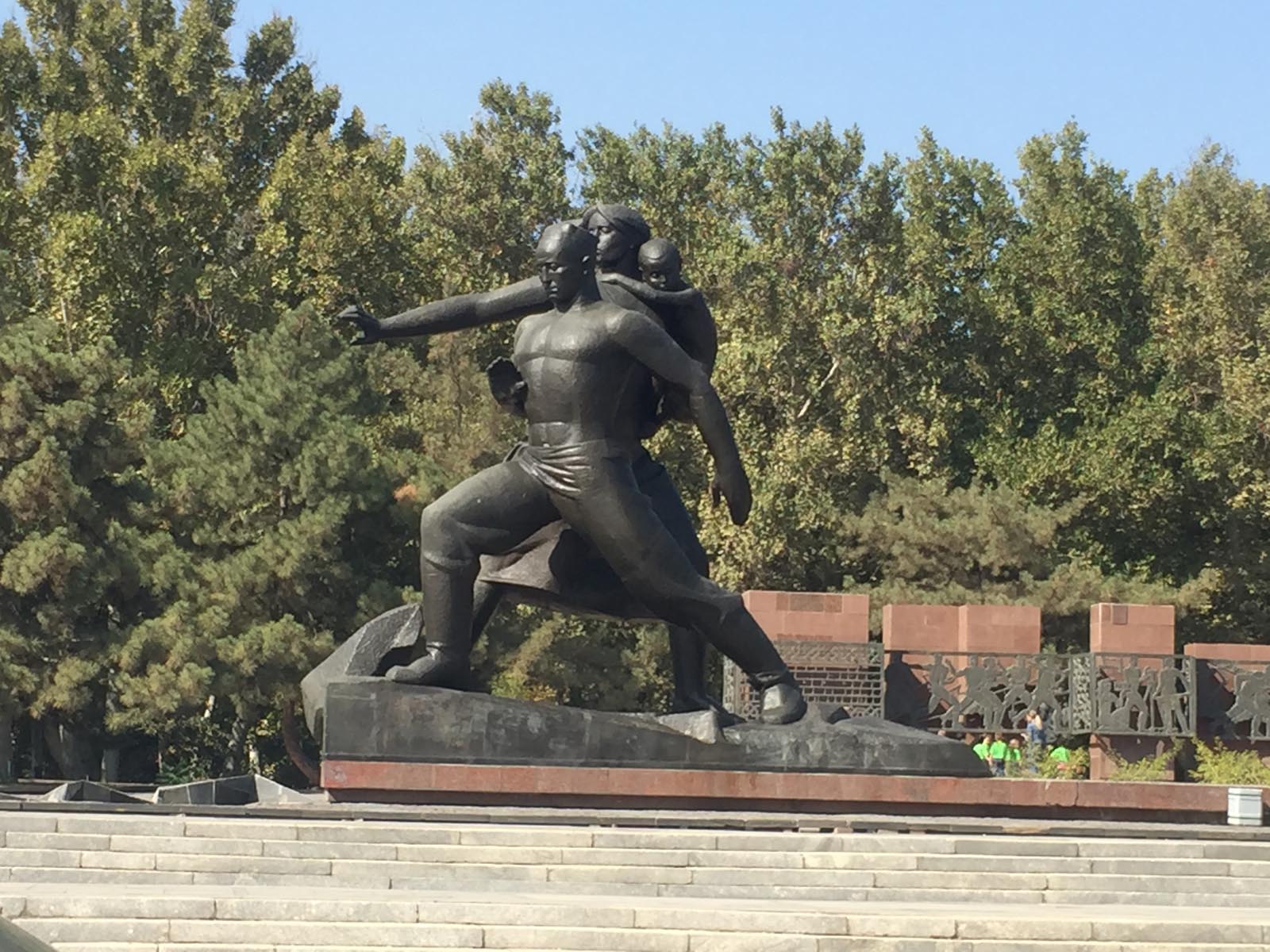

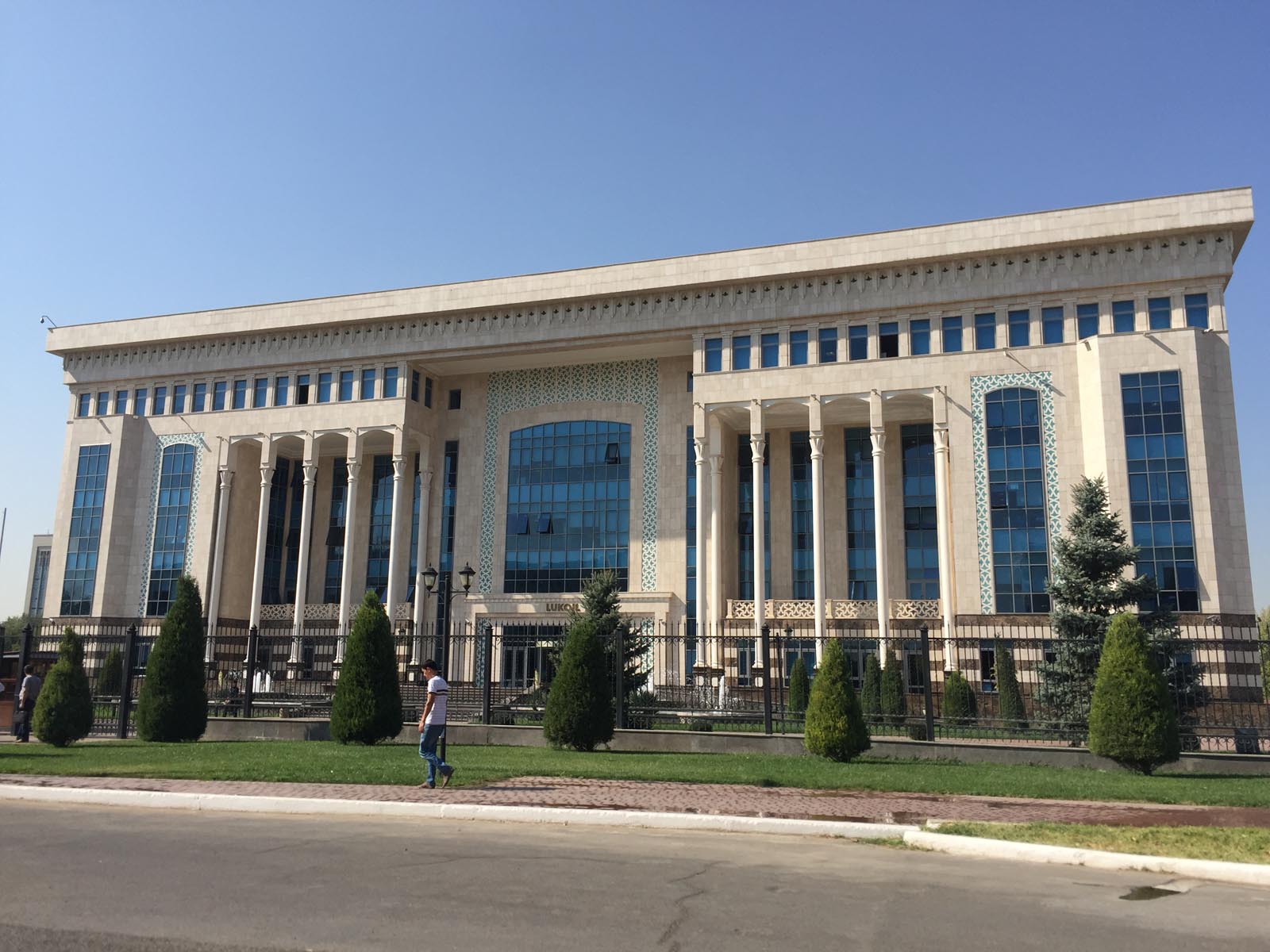
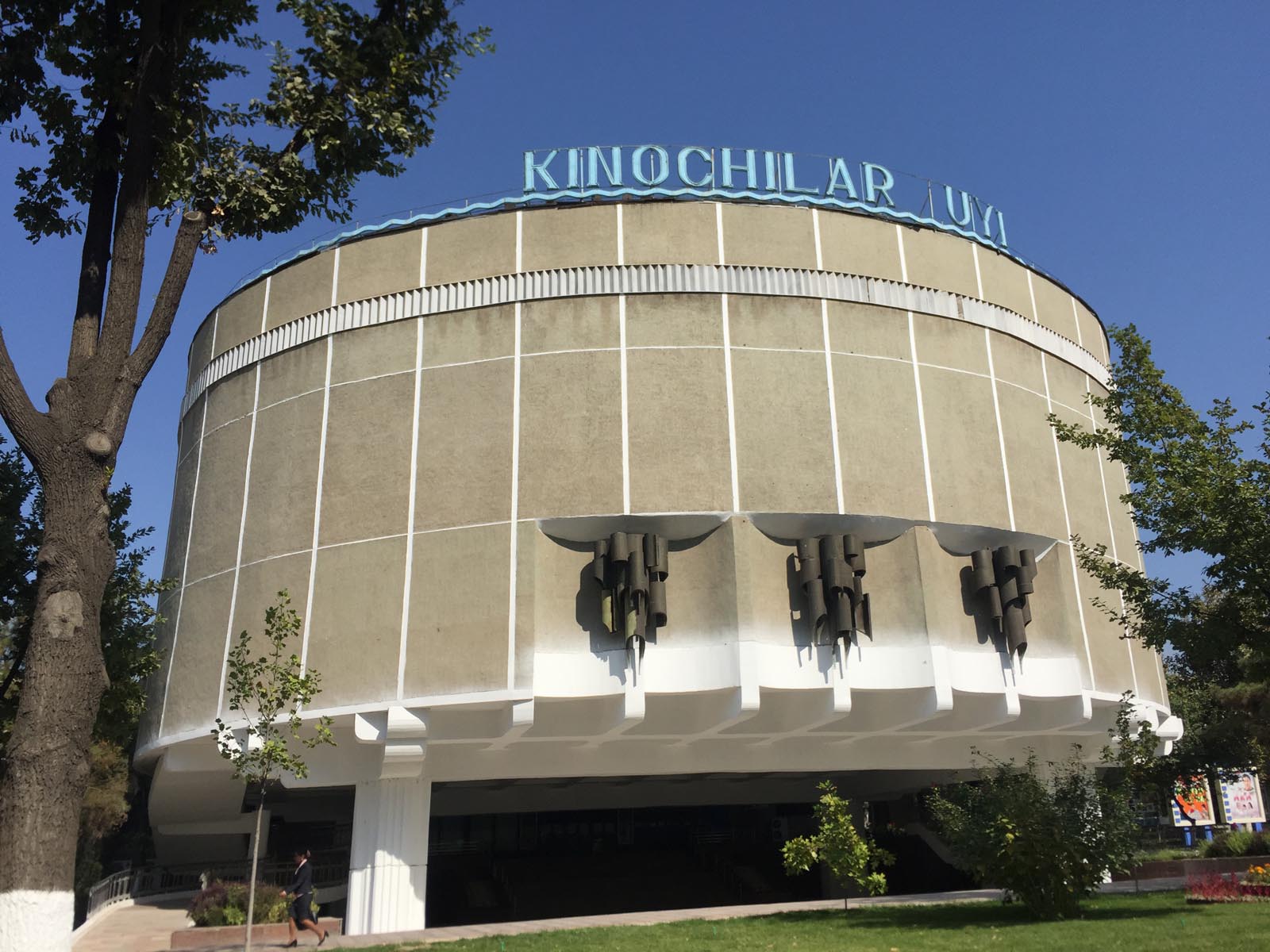
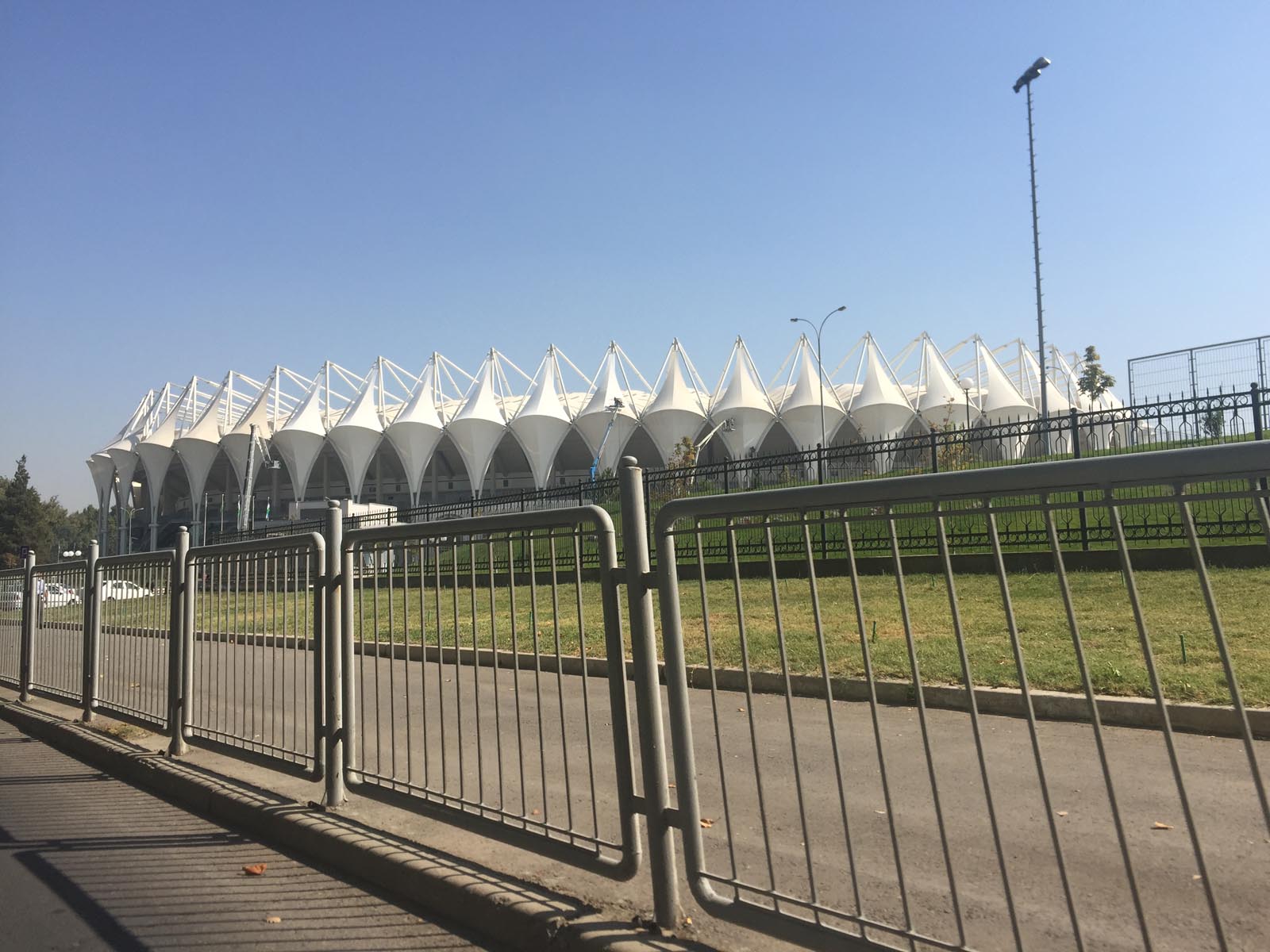

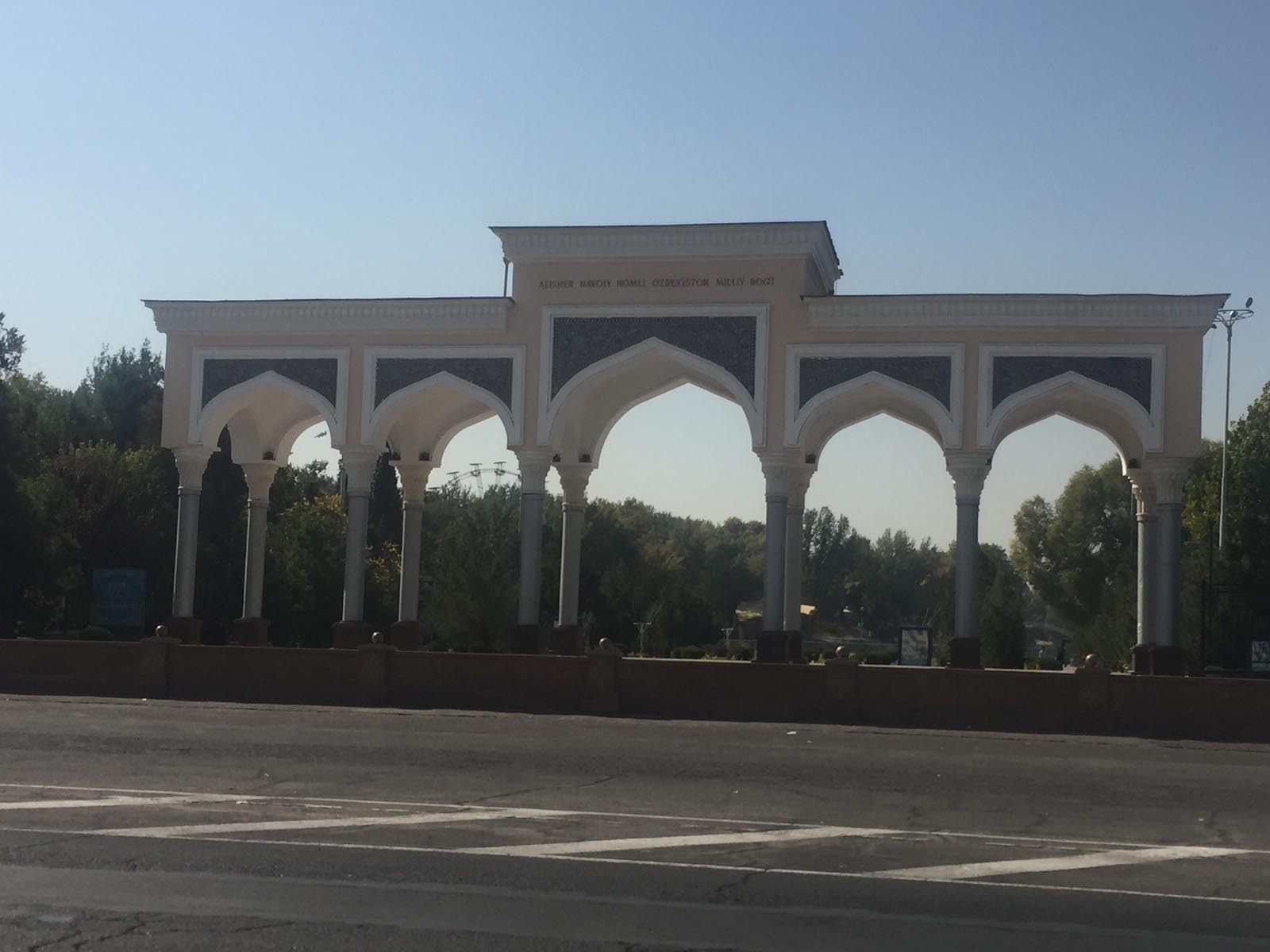


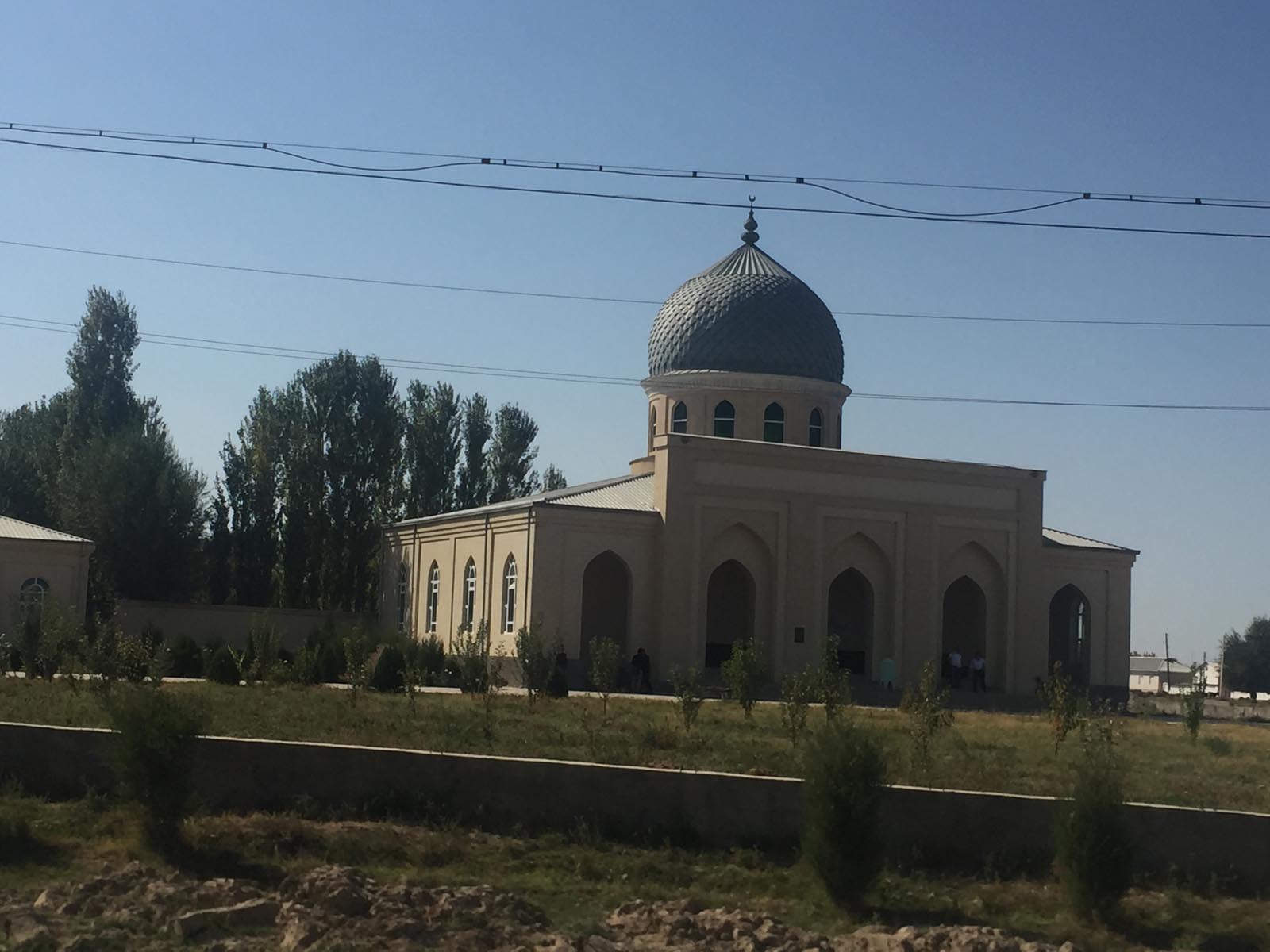
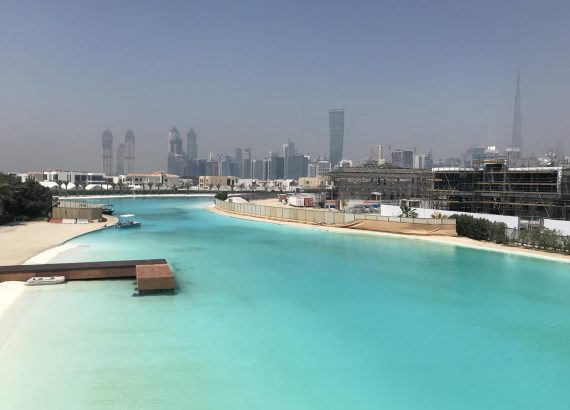
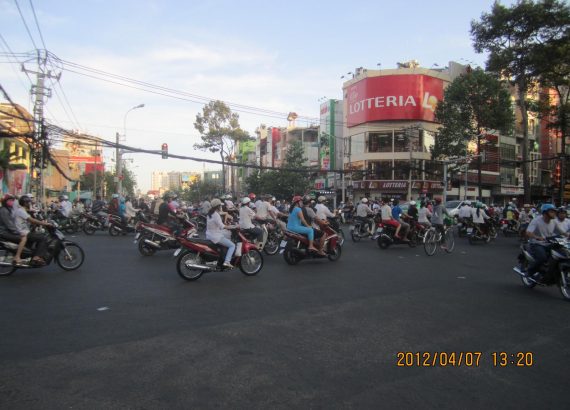
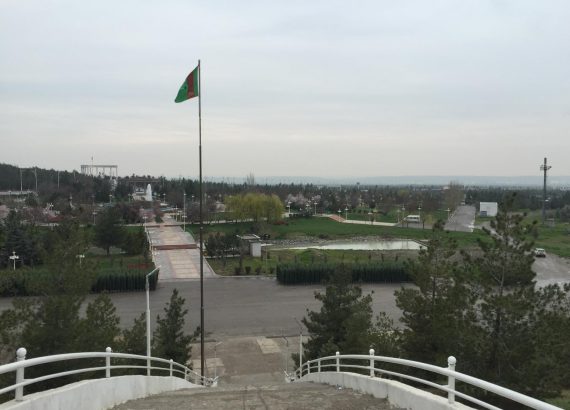
No Comments